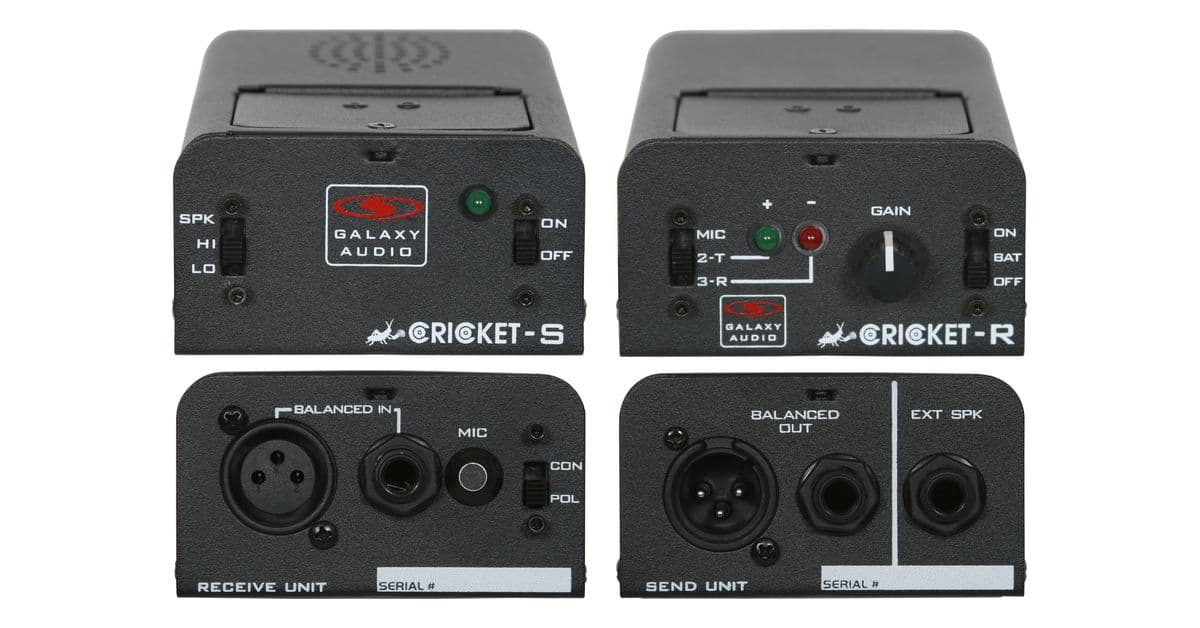I have the following components, connected with XLR cables.
- SONCOZ SGD1 DAC
- AUDIOPHONICS MPA-S250NC XLR Power Amplifier (based on Hypex Ncore NC252MP)
The problem is the following. After some hours of listening, there is no audio for about 2-3 minutes. Doesn't matter what I do, change volume, etc. the sound doesn't come back, until a random time, at which it returns.
To make it more interesting, when I connected the SONCOZ DAC to a different amp over RCA cables, it works perfectly. It was used like this for the last few months, many hours a day, everything is perfect.
To make things even more interesting, when I connected a different DAC to the Audiophonicsamp over RCA cables (+ cheap RCA-XLR adaper) it also works perfectly.
I don't have an other balanced source, and there is about a week left from the warranty of the amp. The Soncoz is over warranty period.
Can you tell me how can I diagnose if it's the amp or the DAC which is faulty? If it's the amp then I can just send it back and have it fixed. Audiophonics said that they haven't heard any case like this with Hypex amps.
- SONCOZ SGD1 DAC
- AUDIOPHONICS MPA-S250NC XLR Power Amplifier (based on Hypex Ncore NC252MP)
The problem is the following. After some hours of listening, there is no audio for about 2-3 minutes. Doesn't matter what I do, change volume, etc. the sound doesn't come back, until a random time, at which it returns.
To make it more interesting, when I connected the SONCOZ DAC to a different amp over RCA cables, it works perfectly. It was used like this for the last few months, many hours a day, everything is perfect.
To make things even more interesting, when I connected a different DAC to the Audiophonicsamp over RCA cables (+ cheap RCA-XLR adaper) it also works perfectly.
I don't have an other balanced source, and there is about a week left from the warranty of the amp. The Soncoz is over warranty period.
Can you tell me how can I diagnose if it's the amp or the DAC which is faulty? If it's the amp then I can just send it back and have it fixed. Audiophonics said that they haven't heard any case like this with Hypex amps.

